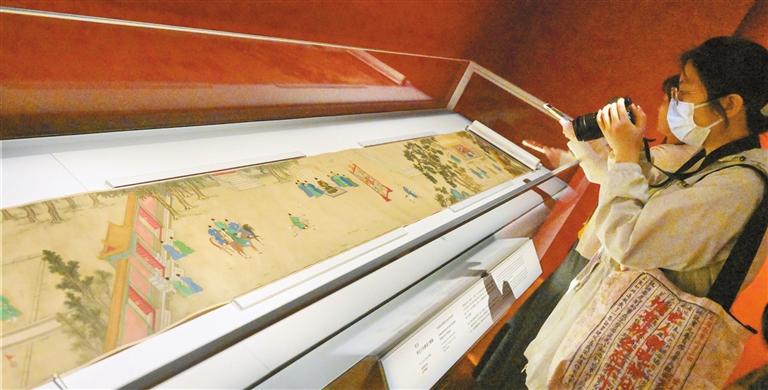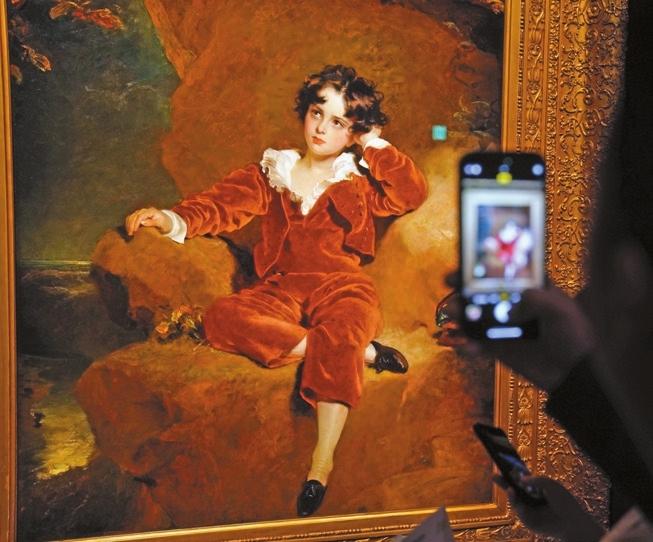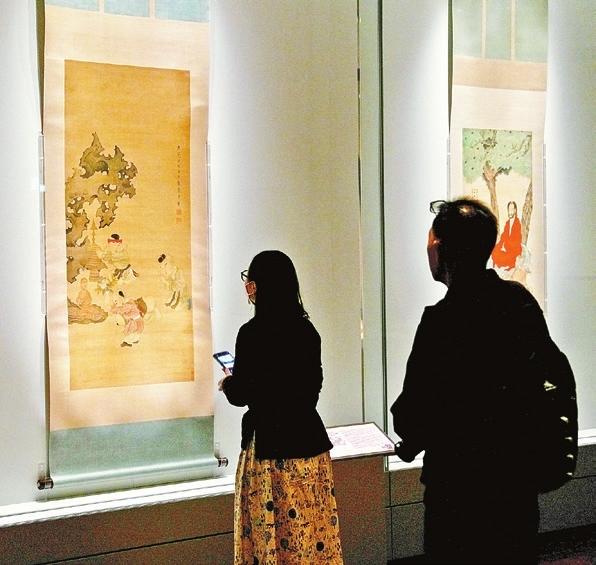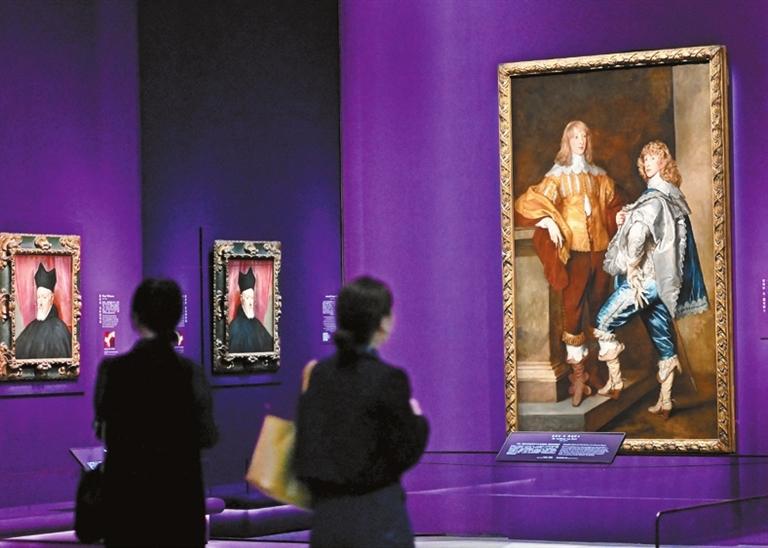



A TOTAL of 81 sets of precious portrait paintings from the Ming Dynasty (1368-1644) on loan from the Palace Museum in Beijing are on display at the Hong Kong Palace Museum (HKPM). The HKPM noted that the 81 sets, or 97 works in total, are from about 60 painters, including brush technique master Qiu Ying and Tang Yin, one of the “Four Masters of the Ming Dynasty.” “Most of them are being exhibited outside the Chinese mainland for the first time,” noted Louis Ng, curator of the HKPM. “It is a rare opportunity for people to appreciate these precious works,” noted HKPM deputy research fellow Zhang Fuzheng, who said that the Ming culture was diverse and open, which is “not too far, nor too near from modern people.” “The exhibition shows the profound attainments of the painting masters from the mid-14th century to the mid-17th century. The exhibition will be a portrayal of the history, culture and life of the Ming Dynasty,” added Zhang. The national treasures include painter Liu Jun’s “Emperor Zhao Kuangyin Visits Zhao Pu in a Snowing Night.” In a spacious courtyard depicted in a painting, two people can be seen sitting around the fire in the middle of the front hall. In the painting, Zhao Kuangyin, a Song Dynasty (960-1279) emperor, wears a turban on his head and a robe with a coiled collar and narrow sleeves. Zhao Pu, the deputy privy councilor, sits at the bottom. While the painter focused on depicting the emperor, he didn’t ignore the details in the scene. Near the rocks and distant mountains, the trees and crows are shrouded in darkness. The bamboo leaves, branches and roof tiles are covered with white snow. In another painting, “Spring Ablution at the Orchid Pavilion” by Wen Zhengming, a sense of momentous flexibility and fluidity can be felt. The Orchid Pavilion, sitting among three pine trees, is surrounded by steep imposing peaks. A string of guests are along the stream, writing poetry, lost in meditation or gazing out into the distance. The exhibition is divided into four periods, with each period consisting of three units covering the early, middle and late periods of the Ming Dynasty. In the early period, the painting style is extravagant and free, the middle period represents clearness and elegance, while the late period style incorporates Western painting techniques. The exhibition also uses new media technology. Interactive films are displayed inside the exhibition hall, allowing the public to enter the world of Ming Dynasty people. Great attention must be paid to the protection of these precious works which will only be publicly displayed for three months, and after that they will return to Beijing for a one-year rest before going on display again. Therefore, visitors can admire different paintings in four exhibition periods: now through March 10, March 13-June 2, June 5-Sept. 1 and Sept. 4-Nov. 30. Meanwhile, the “Botticelli to Van Gogh: Masterpieces From the National Gallery, London” exhibition should not be missed, too. Running through April 11, 2024, the exhibition features 52 of the world’s finest masterpieces painted by 50 influential artists, spanning more than 400 years of Western art history. The paintings on view, dating to the 15th to early 20th century, encompass the most significant turning points in the history of art, from the Renaissance to impressionism and post-impressionism, represented by some of the world’s most revered artists, including Botticelli, Raphael, Caravaggio, Rembrandt, Goya, Monet and Van Gogh. And the “Gazing at Sanxingdui: New Archaeological Discoveries in Sichuan” exhibition will end Jan. 8, 2024. It showcases 120 artifacts drawn from the archaeological discoveries of three major sites of the ancient Shu Civilization in Sichuan Province, namely, Sanxingdui, Jinsha and Baodun sites. Exhibit highlights include a gold mask, a bronze mask with protruding pupils, a bronze statue of a mythical creature resembling a pig-nosed dragon and a kneeling figure with a twisted head. All of the artifacts were excavated from the site after 2021. (SD-Global Times) | 
